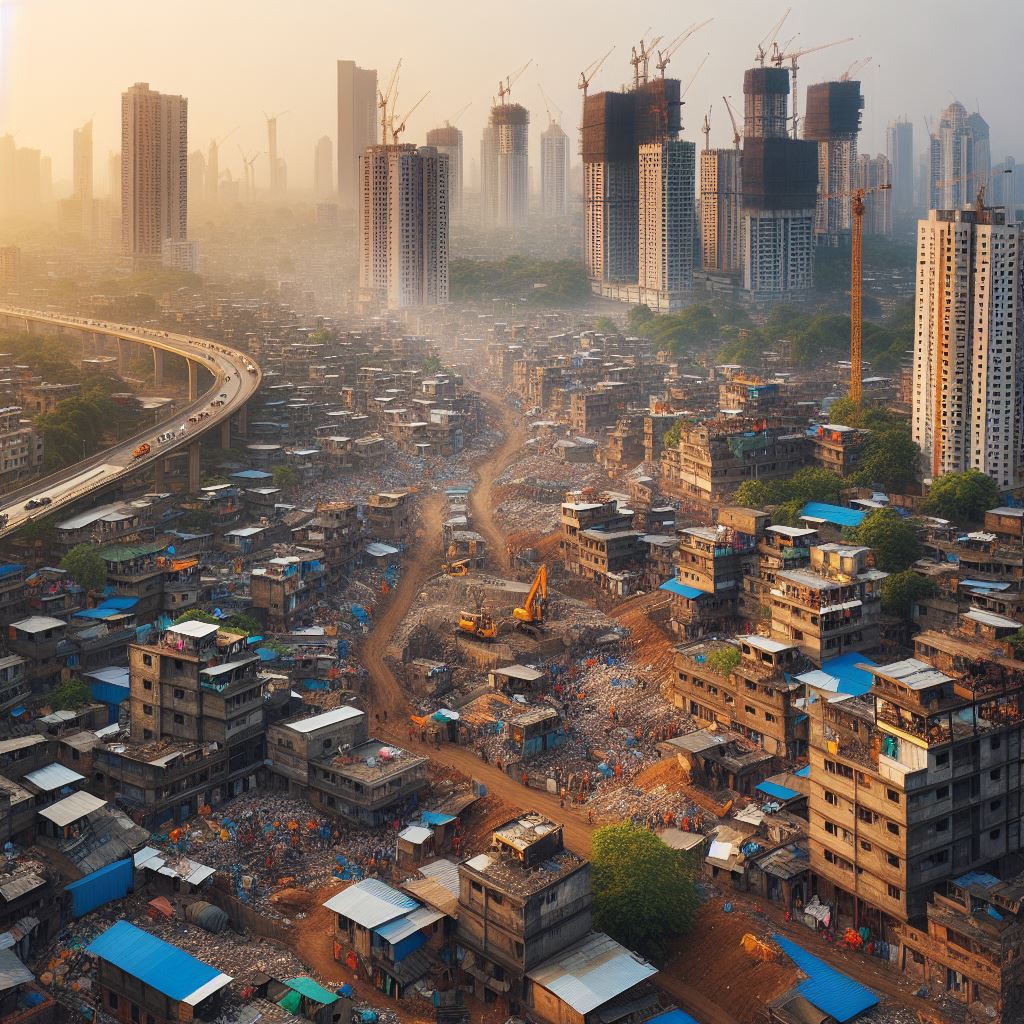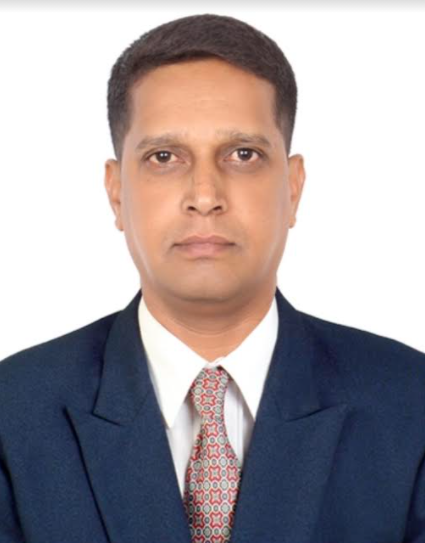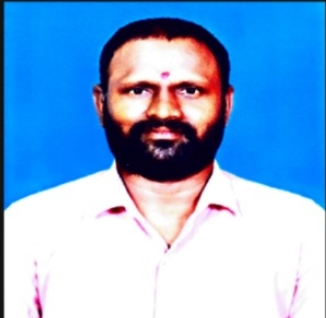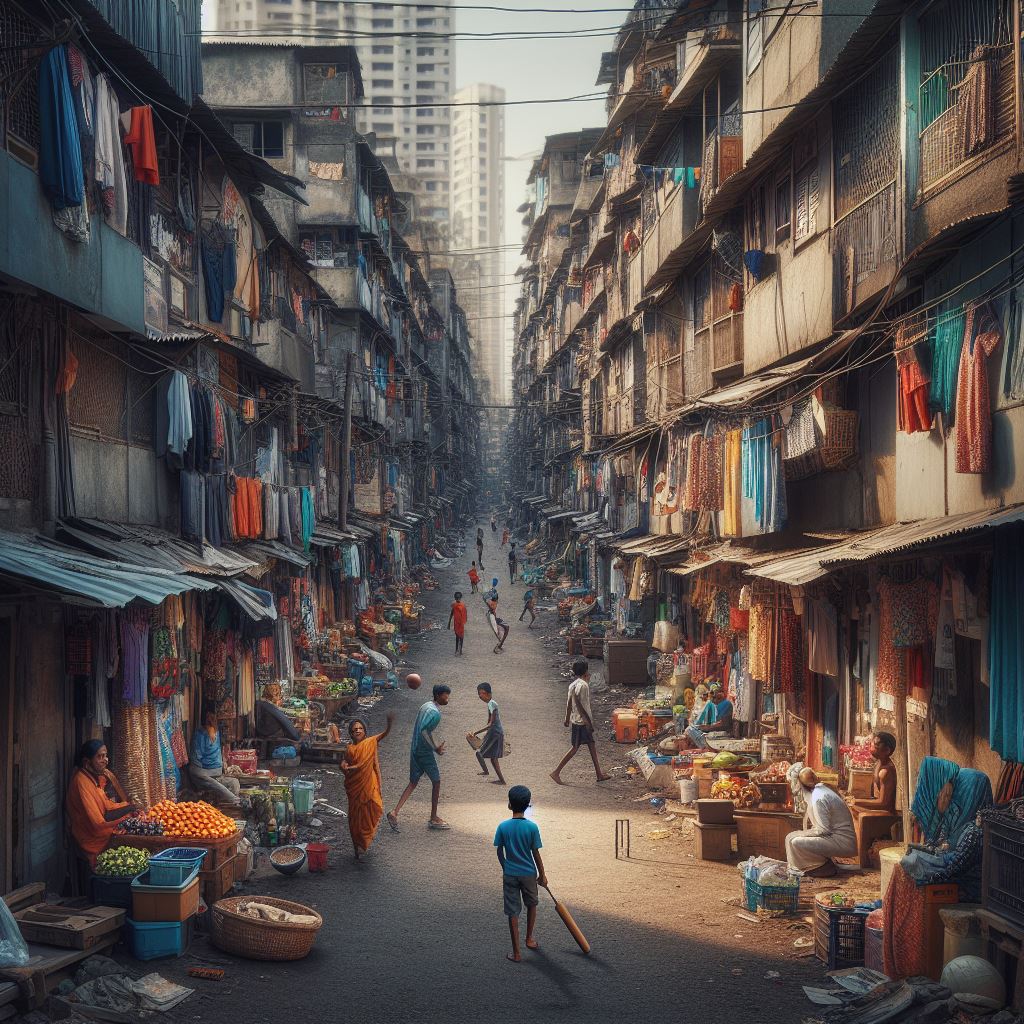Dharavi Residents Enjoy the Largest Carpet Area Among All SRA Projects in Mumbai
Dharavi Redevelopment Project Pvt Ltd (DRPPL), a collaboration between the Adani Group and the Government of Maharashtra, has exciting news for the residents of Dharavi.

DRPPL’s Redevelopment Project Promises Spacious Homes and Global Transformation in Dharavi
Those living in eligible homes will soon receive bigger and better flats with independent kitchens and toilets, measuring a minimum of 350 square feet. This is a significant 17% increase, making it the most spacious among slum redevelopment projects in Mumbai.
In the past, people in informal settlements in Maharashtra were provided with houses of around 269 square feet. Since 2018, the state government began offering homes ranging from 315 to 322 square feet, aligning with the minimum area required by the Pradhan Mantri Awas Yojana for urban poor housing.

The new flats aim to be dream homes for Dharavi residents, improving their living conditions.
Each flat, for those eligible before January 1, 2000, will come with a separate kitchen and an in-built independent toilet. These homes will be well-lit, ventilated, hygienic, and secure.
DRPPL’s goal is to turn Dharavi into a globally connected city while preserving its vibrant entrepreneurial culture.
The transformation includes economic opportunities, advanced education, healthcare facilities, and an enhanced lifestyle for Dharavi and Navi Dharavi.
Community halls, recreational areas, public gardens, dispensaries, and daycare centers for children are also part of the plan.
Ineligible residential tenements in Dharavi will be accommodated under the proposed affordable rental housing policy, following the norms set by the Government of Maharashtra.
Similar development projects, mirroring Dharavi, will take place in multiple Navi Dharavis due to the high demand for dwelling units.
DRPPL is dedicated to the challenge of transforming Dharavi, seeking support from all stakeholders for this long-awaited project.
The goal is to set new standards in slum rehabilitation and urban revitalization, drawing inspiration from best practices in Singapore and other advanced nations with similar habitats.







